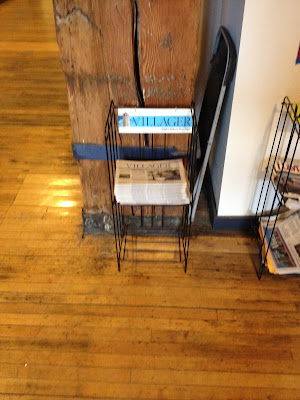 |
| [A Villager by a large non-flying log.] |
Headline: Riverview transit planners unveil latest designs for traffic in corridor
Author: Jane McClure
Short short version: There are many options on the table for a potential transit line through the West 7th street area and there will be a meeting where “neighbors will have a chance to sound off on the potential tradeoffs.” [This syntax does not set the tone for a good conversation.] Potential impacts includes “the loss of on-street parking, changes to sidewalk widths and other new traffic configurations.” [Narrowing the sidewalk is not being considered, as far as I know.] The routes that are still part of the study include West 7th Street the whole way, the Canada Pacific rail right of way the whole way, and a combination of the two. A subway-style tunnel was removed from consideration, but could still happen in certain segments. There are questions about whether Canada Pacific, who owns the abandoned rail line, would sell it. The Rail Authority people, including Commissioner Ortega, insist that everything is fine and that they will have confirmation by the end of the year. A cost-benefit analysis is coming up soon. [That will be the interesting moment. I am very curious about the travel time / ridership trade-offs for the different routes, especially if a mixed-traffic option is included for the stretch closest to downtown. In general I’d bet that the CP rail spur will have better transit times than the West 7th alignment, with fewer intersections and much less complexity along the route. That said there would be some ridership tradeoffs.]
Headline: Timeout called on rezoning of two-plus miles of Snelling Ave.
Author: Jane McClure
Short short version: The city is studying changing the zoning along a busy street that just received a new bus rapid transit investment. Neighbors are concerned about design issues, parking, and being “boxed-in.” The rezoning would change the area to “traditional neighborhood” zoning, which tries to minimize auto-oriented uses and allows for mixed-use [and is generally a very smart idea and has been around for over a decade and i can’t believe Snelling doesn’t have TN zoning yet anyway]. Neighbors are difficult to “mollify.”
Headline: Riverview transit planners narrow options for crossing river
Author: Jane McClure
Short short version: There were a lot of ideas about how the [aforementioned] transit line might cross the river, but some of them were not really possible and have been nixed from consideration, including many potential new bridges. But now there are only three choices: using the existing highway 5 and Ford bridges, or building one new bridge just north of the Highway 5 bridge. [I have a feeling that the Highway 5 bridge is likely not on the table either. IMO the proposed new span right there would be pretty cool, allowing for great ped/bike connection there too, which is currently sadly lacking.]
Headline: Bridging the divide; Proposed spans would reconnect neighborhoods separated by I-94 [“spans” isn’t really the right term here]
Author: Jane McClure
Short short version: There might someday be a land bridge lasting for a half-mile that would connect the two neighborhoods on either side of the freeway. Article includes some history of the freeway construction. There is a new plaza along old Rondo that was recently dedicated in memory of the old street. [It's nice to see the Villager covering news that’s not often in its focus area but involves people of color.]
Headline: Selby-Western parking ideas reviewed
Author: Jane McClure
Short short version: A lot of people like to drive to a popular area with a lot of nice restaurants and park their cars for free on the street there. Neighbors are concerned. Some streets are only have parking on one side of the street. There was a meeting and the group decided to eliminate two potential solutions: having parking on two-sides of the street and installing parking meters. [So both of those things would be free/cheap/pay for themselves solutions that would really work.] Instead the group will look at parking restrictions, or building shared parking lots. Some people would like to have bike parking or better crosswalks or encourage people to take the bus. [Wise! Basically, meters would solve a lot of the demand problem in the sense that it would begin to use price to shape parking behavior. People who want to pay to be close would do so, and those spots would turnover. Others could walk a few blocks and park for free. The two-sided parking thing is really weird. The streets are plenty wide, in my opinion, and I don’t know why neighbors are so adamant about keeping them that way. There are plenty of streets in both Saint Paul and Minneapolis where you have parking on both sides and people just drive slowly and it’s fine, even in winter, though sometimes you have to have temporary one-side parking bans if it snows a lot.] A restaurant ban was discussed and “business representatives were conspicuously absent.” [Sounds like an unpleasant meeting!]
Headline: Land trust lines up financing to develop vacant Selby Ave. lots
Author: Jane McClure
Short short version: A few pieces of vacant land that have been empty for a long time on Selby Avenue might finally get apartment buildings. They will be developed using the [innovative] land trust model, [where the land is held by a separate entity from the housing, intended to keep housing affordable.] CM Tolbert said that Selby Avenue has “momentum.” [As long as it doesn’t have parking meters, anyway. I’m surprised that the Villager article doesn’t actually explain what a land trust is.]
Headline: Federation backs planned expansion of Adams Elementary
Author: Jane McClure
Short short version: A elementary school can expand its building now. Neighbors are concerned about traffic, parking, and the loss of green space, but the neighborhood group approved it anyway. The new parking lot will only have 49 spaces, not 64, but maybe might have 61 someday.
Headline: Council blocks mayoral appointee in hopes of more diversity
Author: Jane McClure
Short short version: The mayor tried to appoint three new people to the planning commission but the council only approved two of them. The third, a white guy, was sent back because some Council Members would like more diversity on the Commission. [Note: I am a white guy on the Planning Commission. However, I am one of the only/few renters on the group. I'm also likely one of the only/few people on the Commission that does not own a car. But with the city being around 50% people of color, the group should better reflect that. I believe there are now two Asian-American women and three African-American men on the Commission, and everyone else is white. It’s also worth noting that the rejected appointee is a labor lobbyist, and the Mayor recently appointed a different labor lobbyist to the Commission two months ago. Not that there’s anything wrong with labor lobbyists. Cliché alert: some of my best friends are labor lobbyists, and it’s not that there’s anything wrong with that, but there are now at least three labor lobbyists on the commission and you’d think the City could be a bit more creative with the nominations...] CMs Noecker and Prince are quoted as saying they should have more diversity. CMs Tolbert and Bostrom would have liked this handled differently. Article includes an interesting geographic breakdown of current Commissioners by Ward: W1 – 3 people, W2 – 5 people, W3 – 3 people, W4 – 1 person, W5 – 2 people, W6 – 2 people, and W7 – 4 people. [For the record, I lived in Ward 5 when I was appointed, but then moved to Ward 2.]
Headline: Hotel to rise near old West End fire station
Author: Jane McClure
Short short version: A parking lot near West 7th Street will get a hotel with 100 rooms. The old fire station next to it will not be torn down and preserved somehow instead. There will be 31 parking spots. The hotel will be “F-shaped.”
Headline: City settles suit with man hit by flying log
Author: Jane McClure
Short short version: Guy walks into the Spot Bar, has a drink, and leaves. A giant log hits him and really messes him up. Years later the city gives him $500K. [Not a joke. “Why don’t you make like a tree and get outta here,” as Biff would say. Not a joke, by the way.]
Headline: Linwood-Monroe EAW up for comments
Author: Jane McClure
Short short version: A school wants to expand its building.
Headline: State approves funds for Snelling median
Author: Jane McClure
Short short version: MN-DOT is going to send $700K to build a median on Snelling between Randolph and Ford Parkway. [Another reason to have more walkable zoning along here. Maybe in the future, “crossing Snelling Avenue” won’t involve a death wish.] Some neighbors are concerned about traffic. Other neighbors would like the median to be landscaped.
Headline: Conditions set on La Cucaracha gambling
Author: Jane McClure
Short short version: An old Mexican restaurant can have pulltabs now. [How do you say pulltab in Spanish anyway? Google says “lengüeta de arrastre” but that can’t be right…]
Headline: ‘The Ford Century’; McMahon pens a history of the automobile industry in Minnesota
Author: Dave Page
Short short version: A guy wrote a history book about the old Ford factory. The factory dates back to the 1920s.Apparently both the workers and the Ford executives were difficult to talk with, and the book has a lot of focus on labor relations at the factory. “Henry Ford tried to divide and conquer,” says the author, describing how the company manipulated unions. [Now here’s where you need labor lobbyists!]



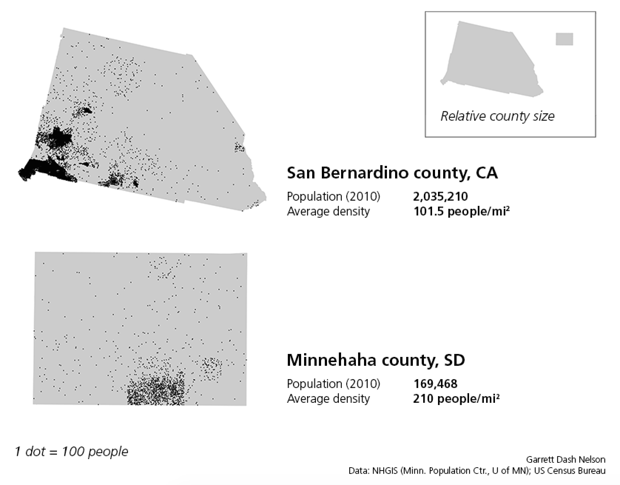

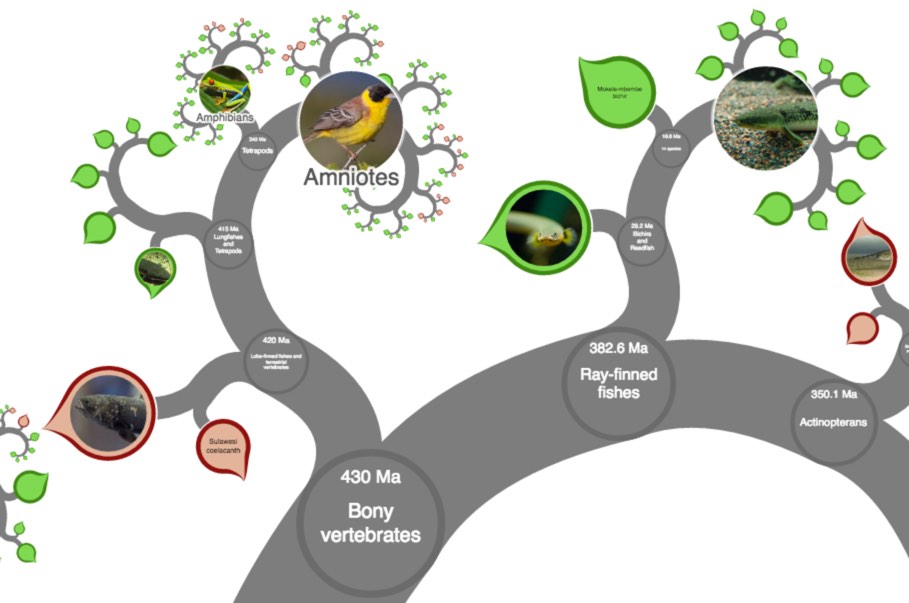
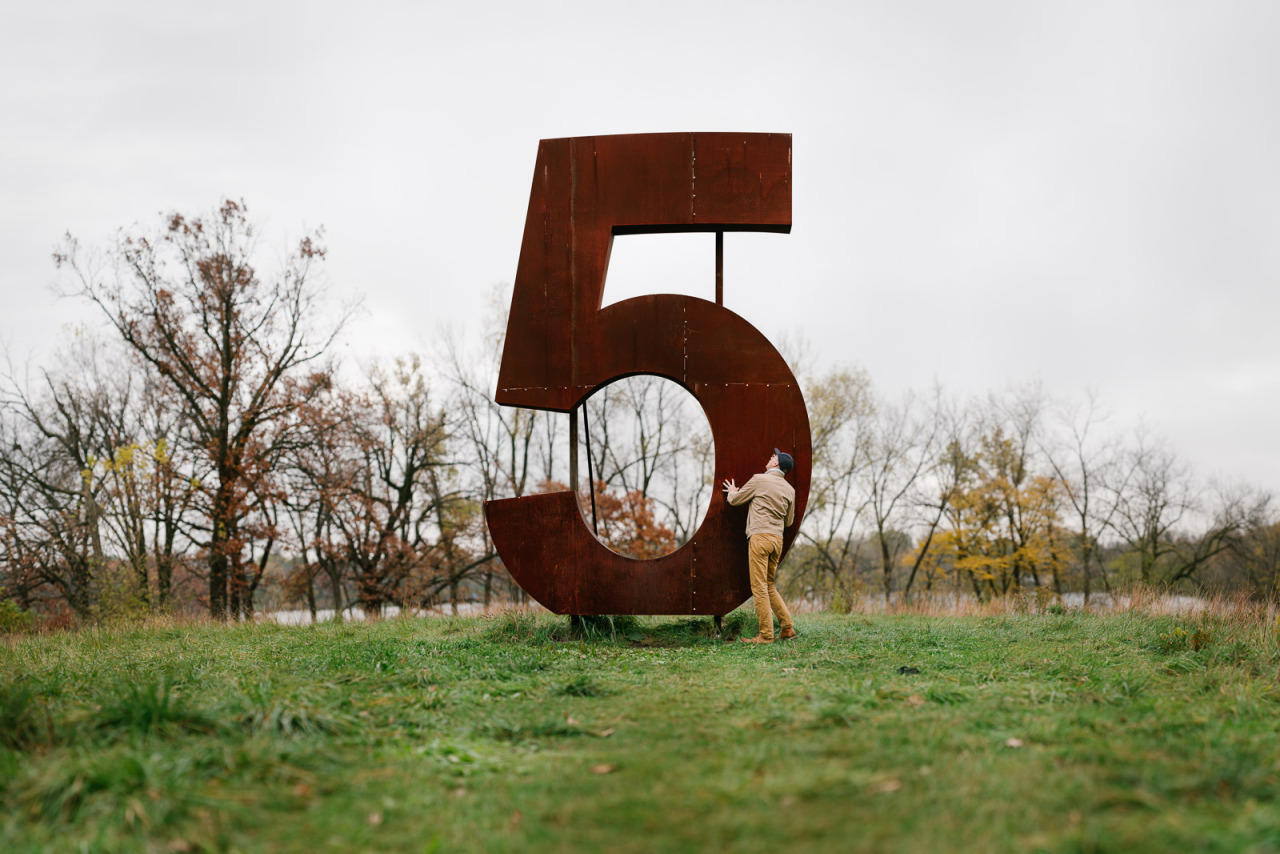

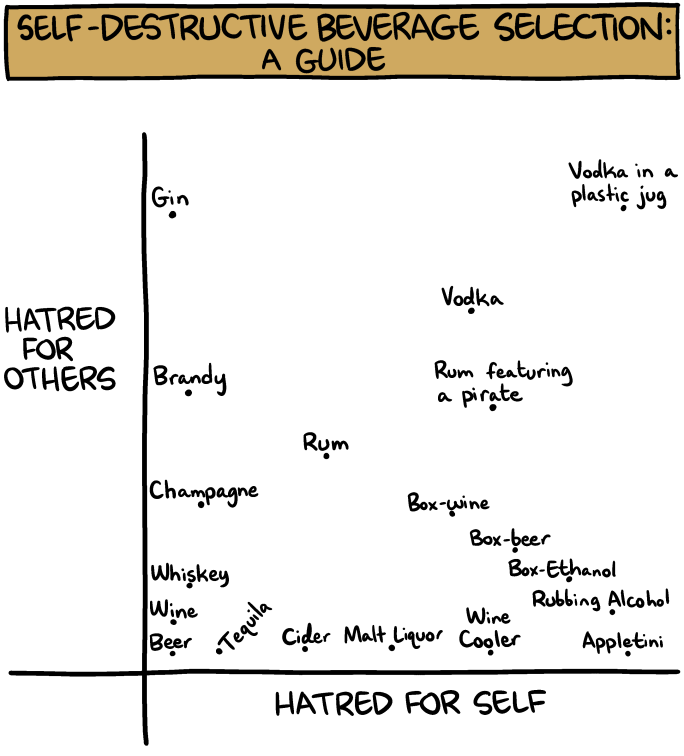
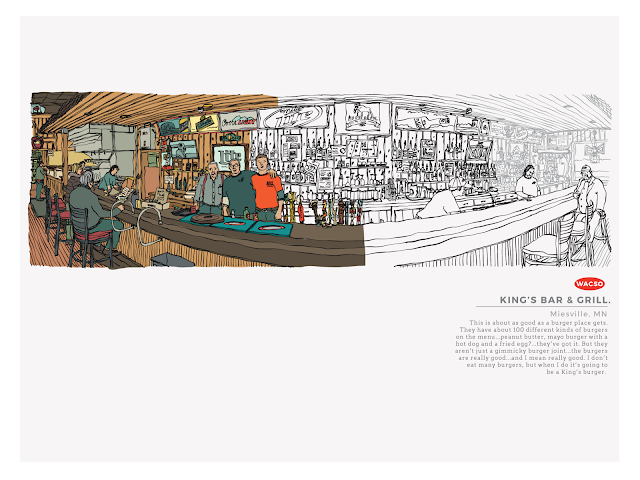



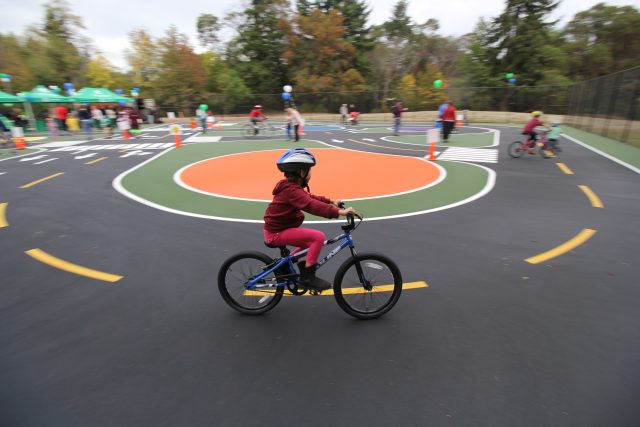
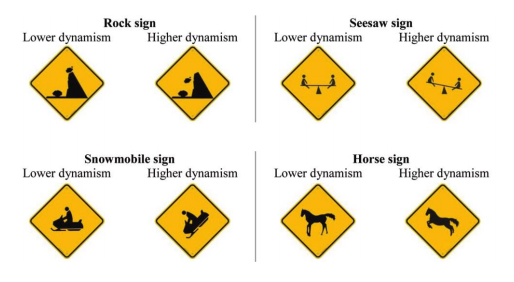


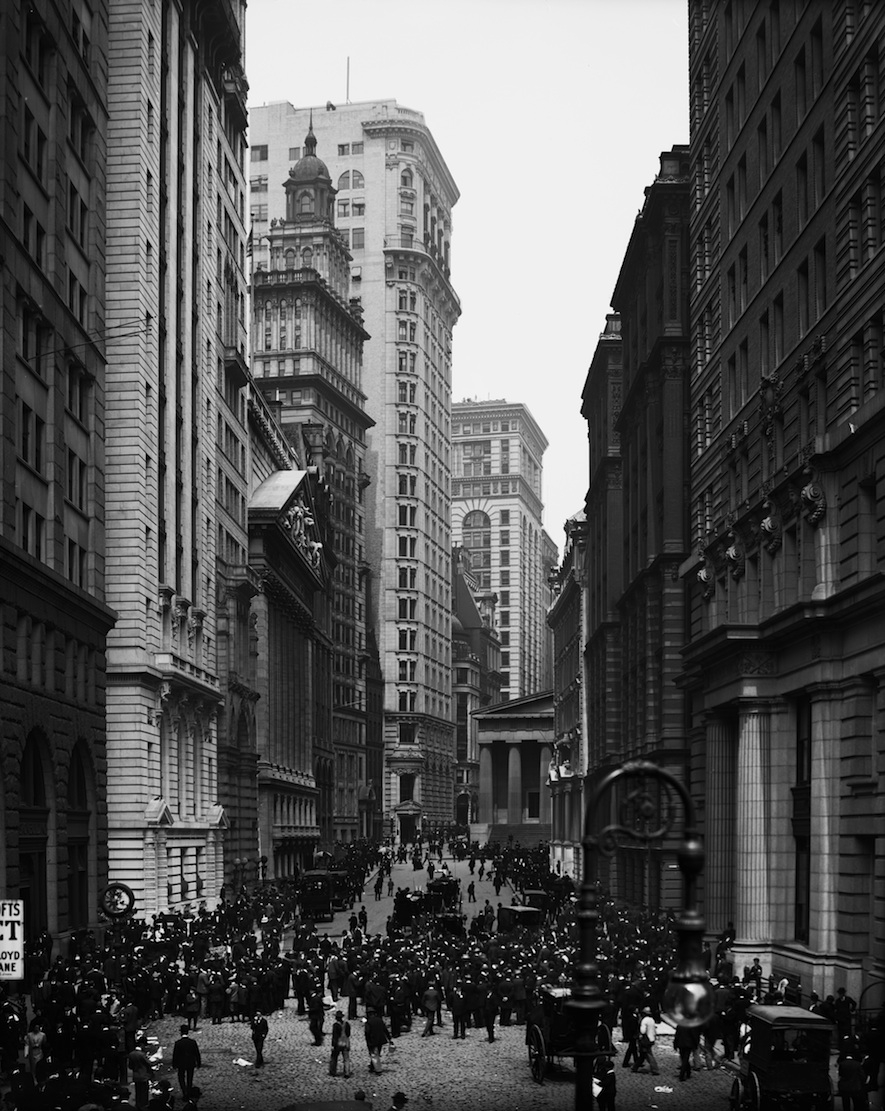
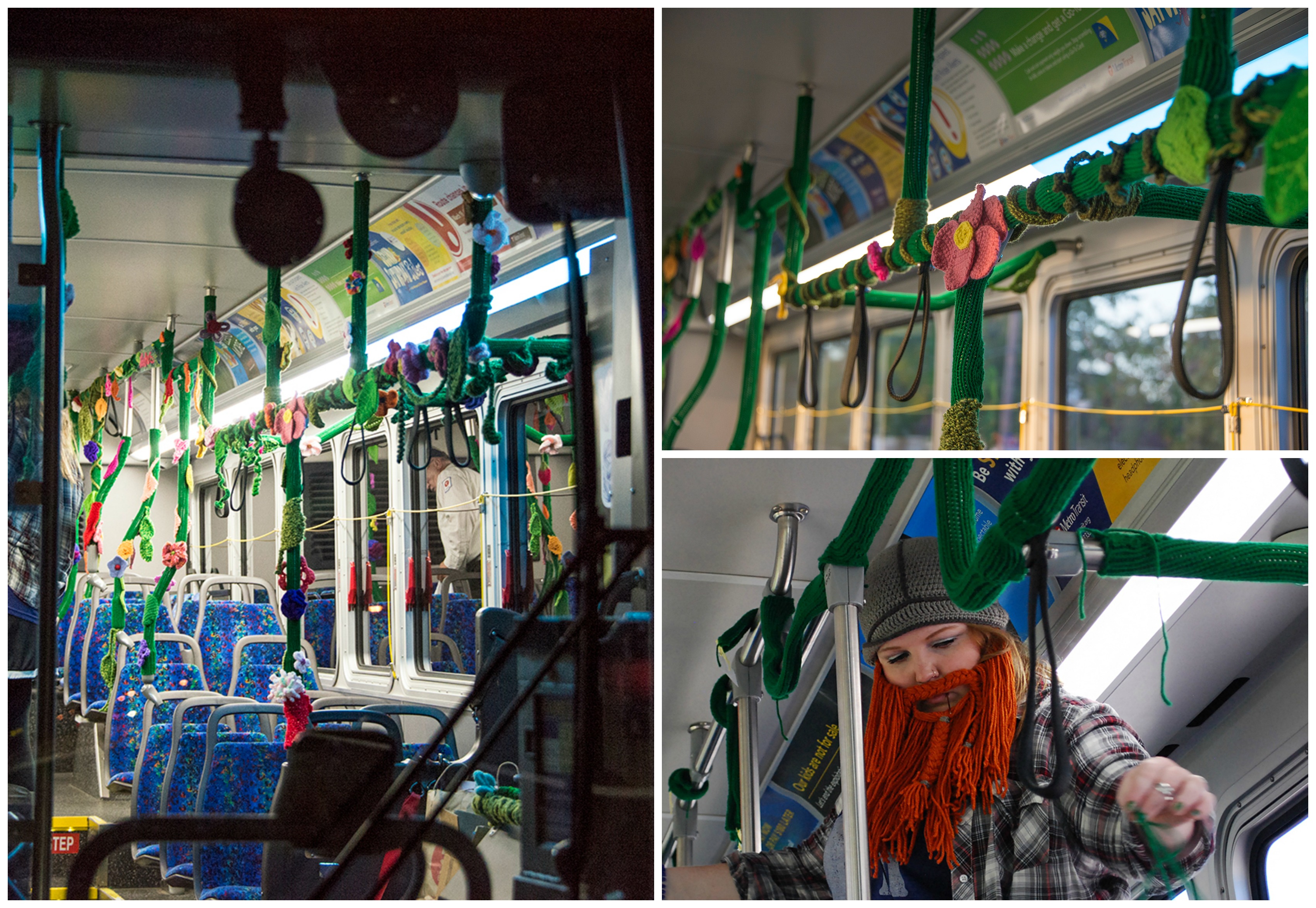



/cdn0.vox-cdn.com/uploads/chorus_asset/file/7351085/lucky-knot-pedestrian-bridge-infrastructure-design-architecture-next-architects-meixi-lake-china_dezeen_1704_col_0-1.jpg)































